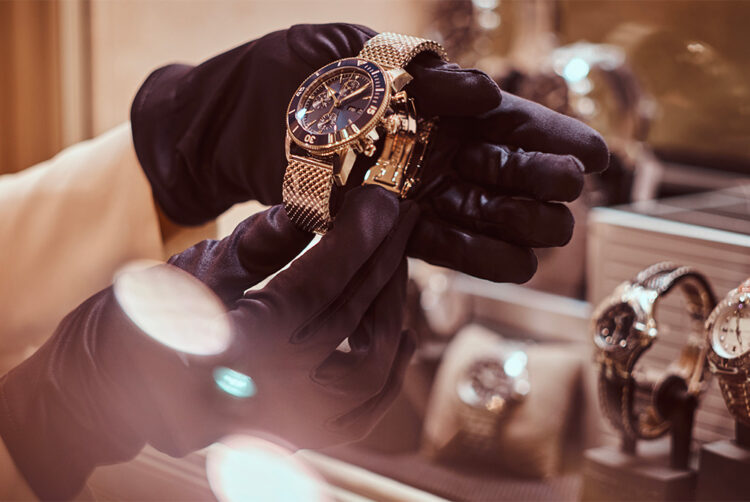We’ve become used to the winds of change in media, and WARC’s report showing more muted ad spend growth than predicted (at around 0.05%) didn’t cause too many ripples in the industry. Out-of-Home (OOH) at 4.9% is showing more robust growth, and there’s plenty of opportunity. Just not necessarily where you might first think.
Household incomes are falling more rapidly than at any time in living memory, with last year’s report by the Institute for Fiscal Studies confirming “wealth is the growing economic divide”. The pandemic and its aftermath accelerated inequality. Rises in asset prices benefited the wealthy and saving was greater for the affluent.
Consequently, there’s one group who continue to show animal spirits. The wealthy.
A recent study by Bain and Company showed that while retail sales in general have been falling, and globally stock markets declined 20% last year, spending on luxury goods and experiences grew by roughly the same amount in 2022.
According to the Bain data, the sub-category of personal luxury goods will rise to between €540bn and €580bn by the end of the 2020s, from an estimated €353bn in 2022 — an increase of more than 50%. It’s currently outperforming every other key spending category, including consumer electronics, automotive and financial services.
Three growth engines are profoundly reshaping the market.
1. Chinese consumers regaining their pre-Covid status as the dominant market representing 38-40% of global purchases, becoming the biggest luxury market globally
2. Younger generations (Gen Y, Z and Alpha) will become the biggest buyers by far — representing 80% of all global purchases
3. Online is becoming the leading channel for luxury purchases with an estimated 32-34% market share, followed by mono-brand stores.
The rich are living longer, there are more of them and, after half a century of turbocharged growth, there is also more intergenerational wealth. The growth of intergenerational wealth is attributable to the rise of a new generation of consumers; the millennial and Gen Z generations, with baby boomers transferring wealth to their children and grandchildren, creating a shift in the consumer landscape.
“You’ve now got five generations of luxury consumers buying into brands like Vuitton, Hermes or Chanel, which they’ve literally grown up with” said Bain partner Claudia D’Arpizio. “They’ve targeted a mindset, rather than a demographic. Grandma (or Great-Grandma), can I borrow that Kelly bag?”
These luxury goods brands are the beneficiaries of continuous and multi-generational investment in their brands, and across economic cycles. LVMH increased their marketing spend every year from 2008-2019, with a small decline to €4.9bn in 2020, only to bounce back and spend a huge €7.2bn in 2021.
Why luxury is important to outdoor
The key therefore for luxury brands and media planners is to develop strategies that help brands engage more deeply with their customers.
There is a large audience out there for luxury brands, meaning brand building media continue to be critical. Luxury brands need to expand their customer base to include the younger generations inheriting wealth from their parents and grandparents, to be as relevant to younger audiences as older audiences, and use broad reaching channels to target all their potential customers.
The luxury sector has been a long-term subscriber to the outdoor market, as a creative canvas to express themselves, to build awareness and cultural affinity. Outdoor media effectively builds brand awareness, delivers mass reach quickly, delivers high ROI — all the more measurable as technology advances and with the rise of DOOH — and it boosts the performance of other media channels.
Luxury brands understand the importance of being social “first” to reach their younger consumers, who are highly engaged on platforms like TikTok, spending on average 12.4 hours every week (source: Measure Protocol 2022); these channels are great platforms for luxury brands to showcase their products, engage in real-time and create personalised, interactive experiences.
Social Media and OOH are a potent marketing combination. JCDecaux reports that brand effectiveness can be increased by 23% when DOOH and social video work together. OOH delivers real-world purity and brand building, whilst social media has the power to take your campaign to the next level through sharing and increased measurement.
Luxury brands have never wavered in their understanding of continuous and multi-generational investment in their brands, and across economic cycles. The continued strength of their sales and their exponential stock price increases are testament to this fact.
Aidan Neill is co-founder of OOH agency Mediabridge





